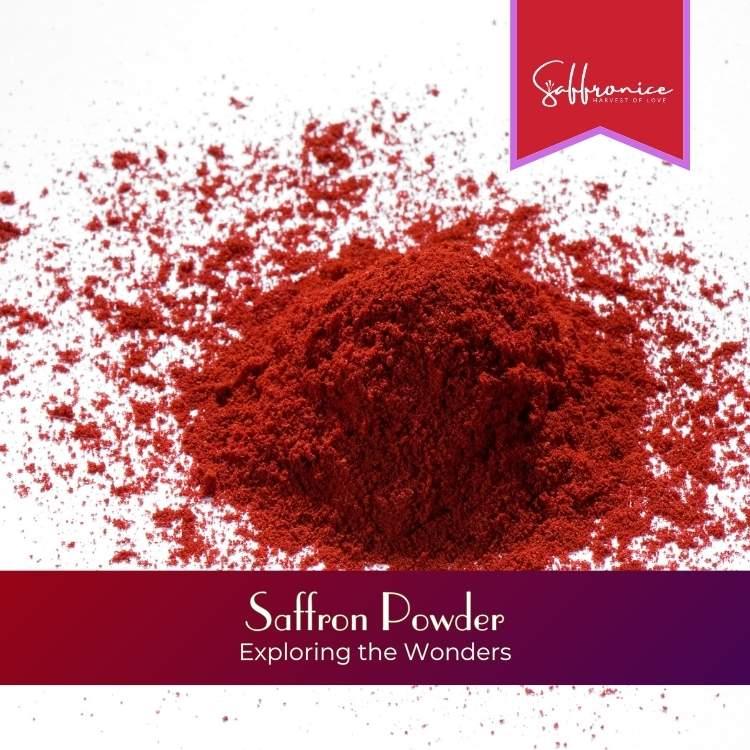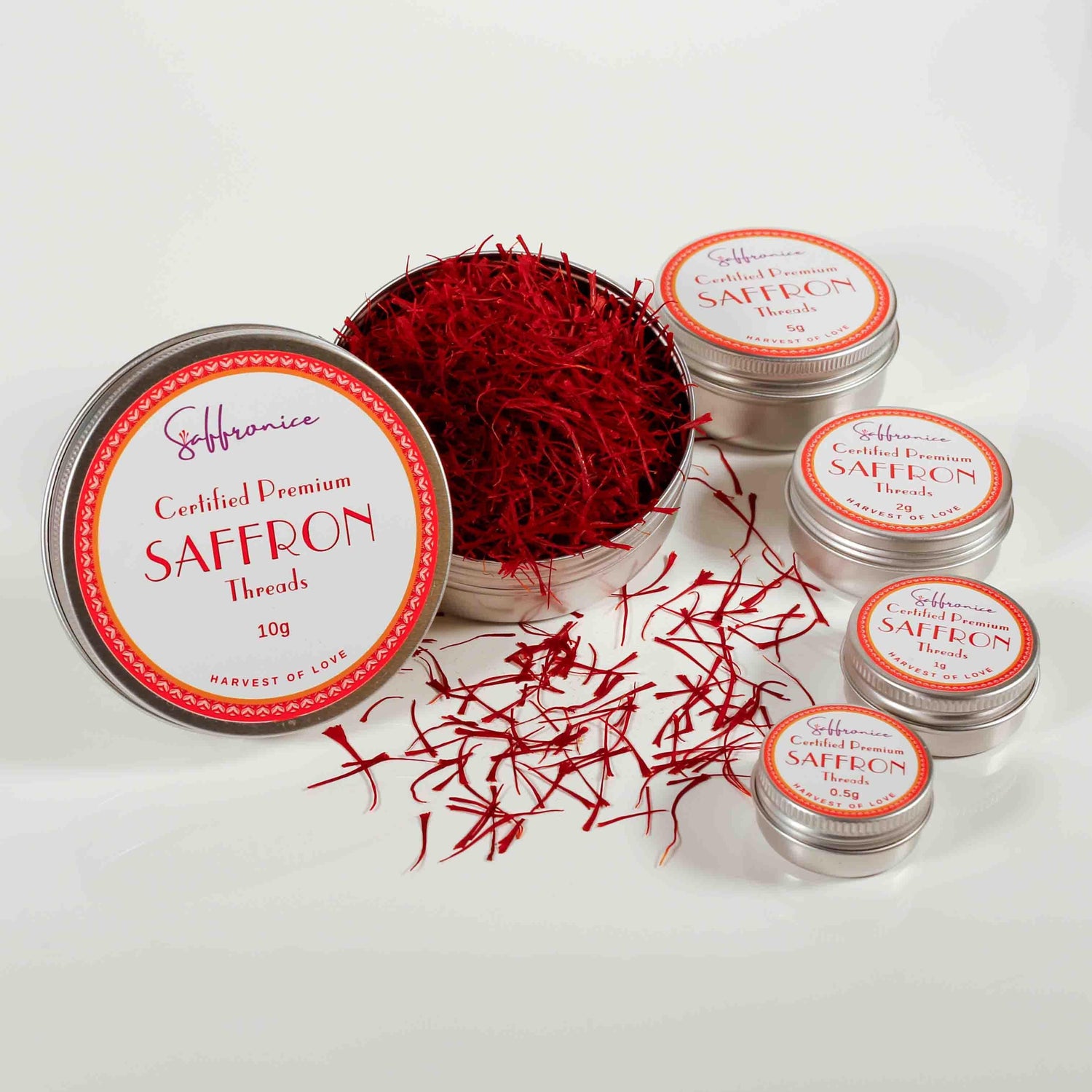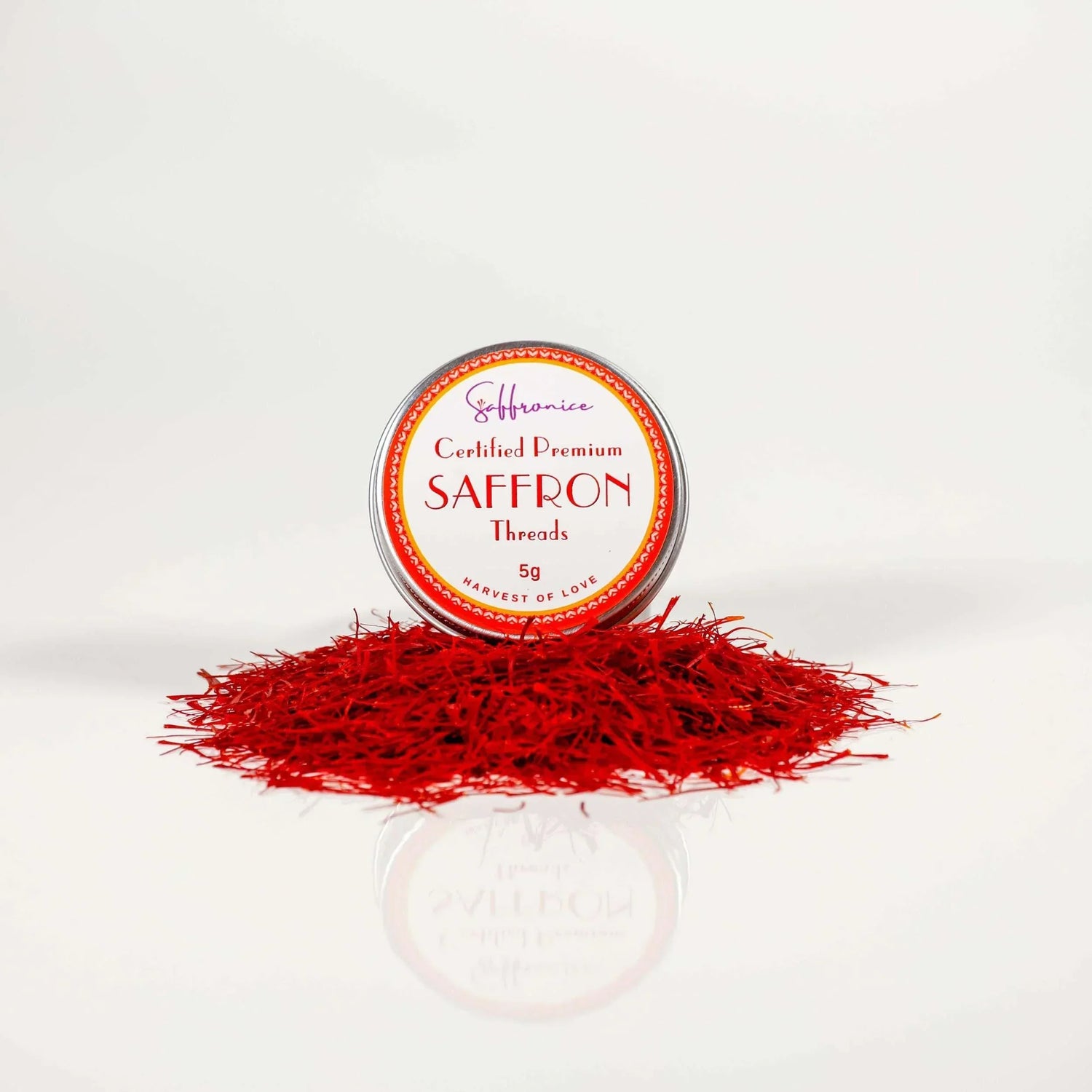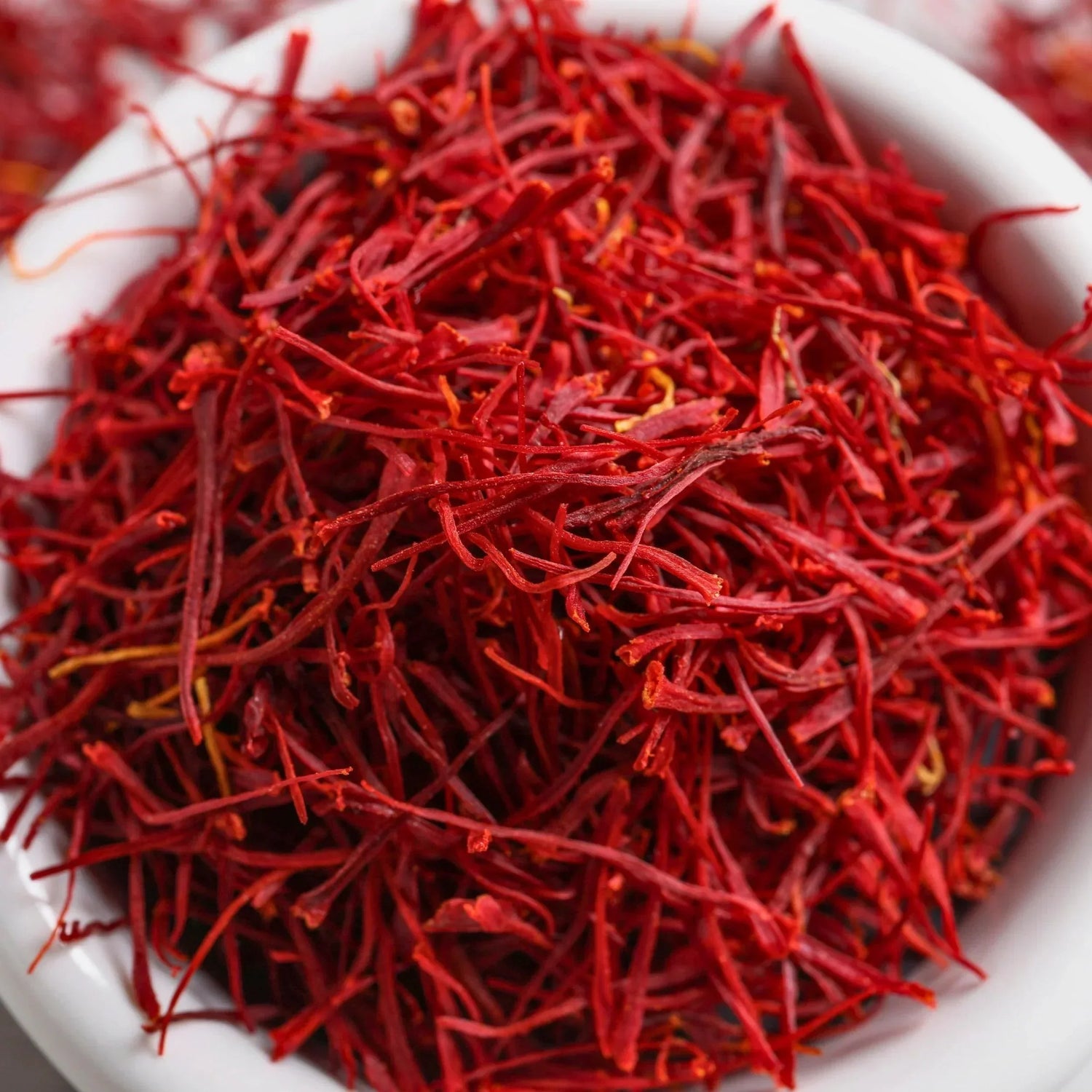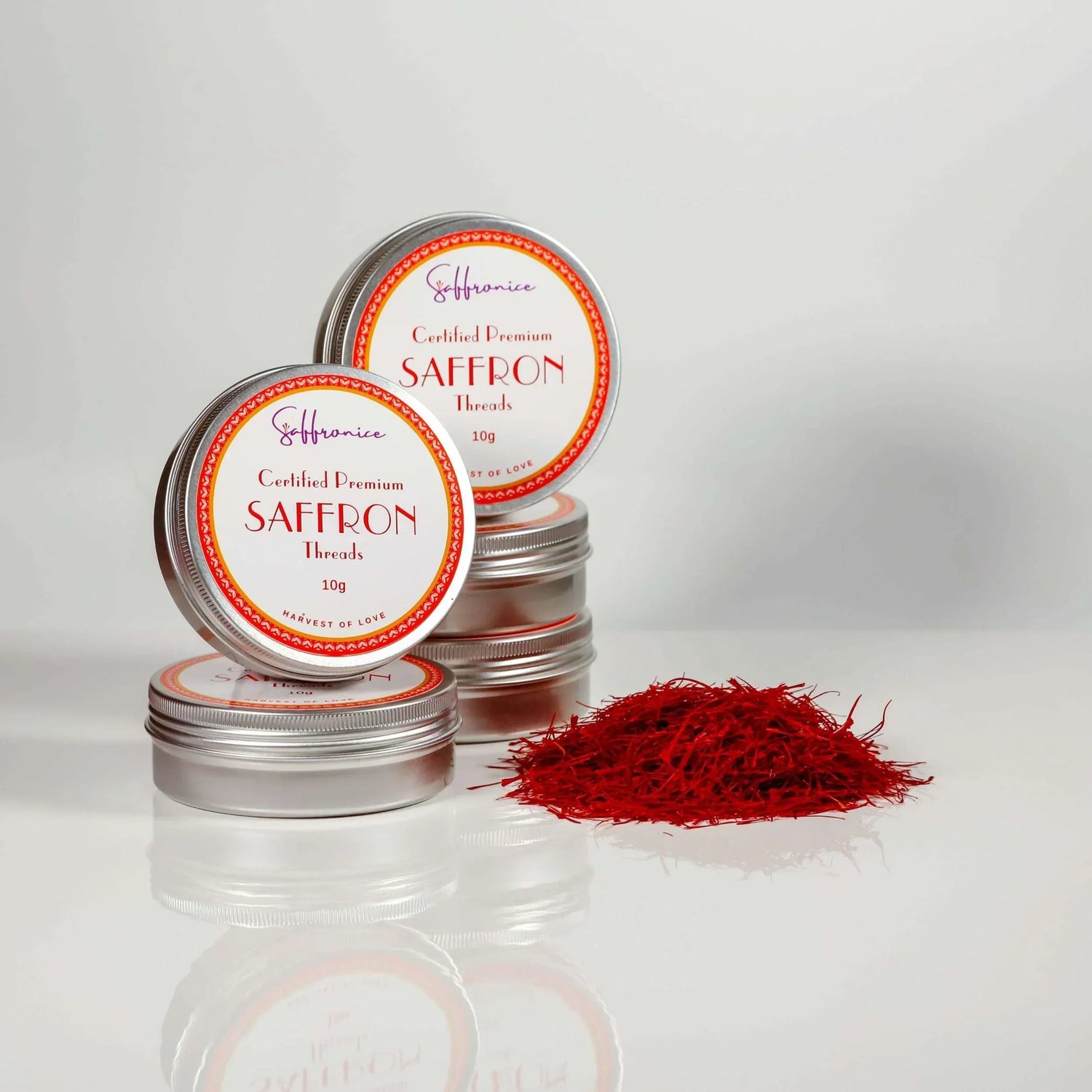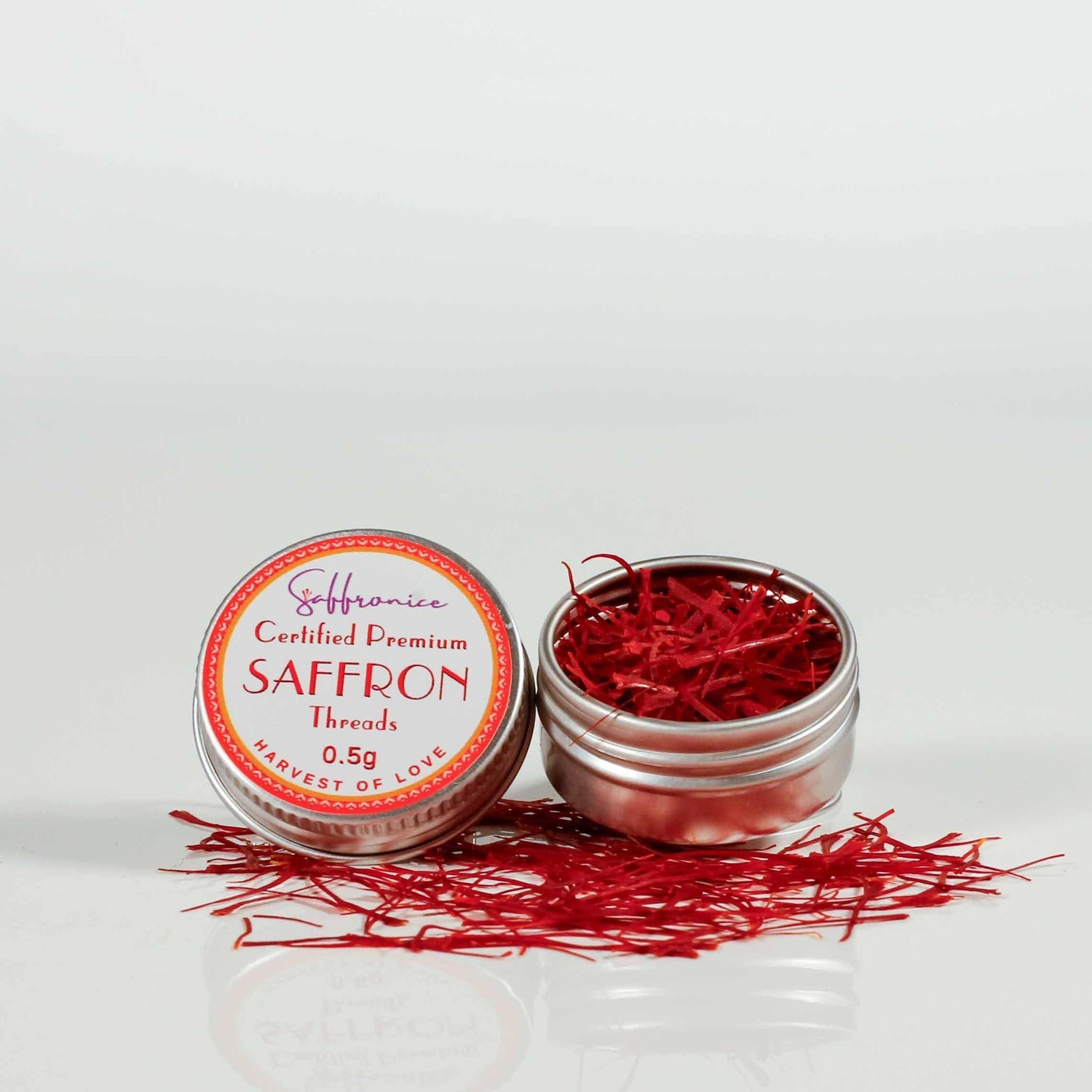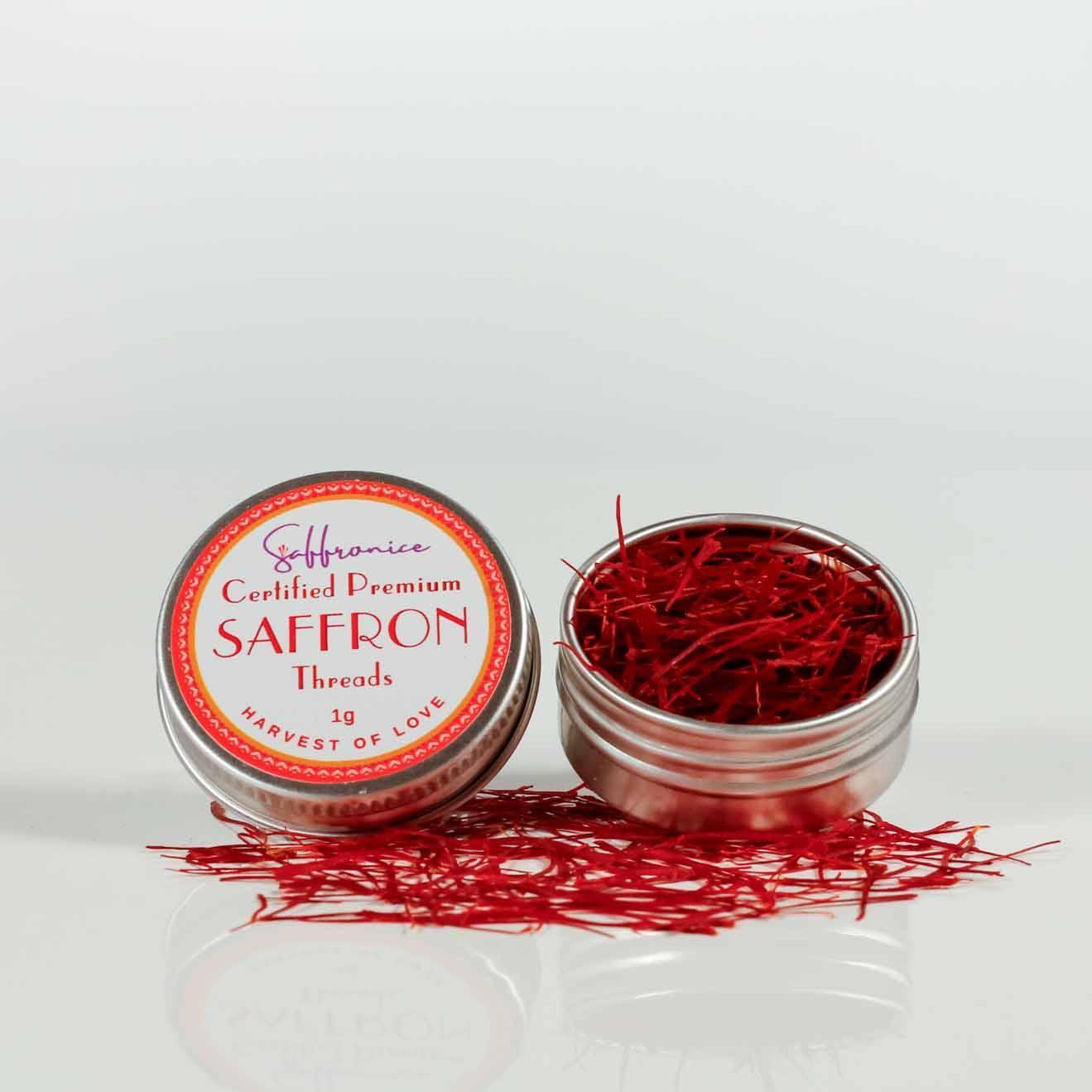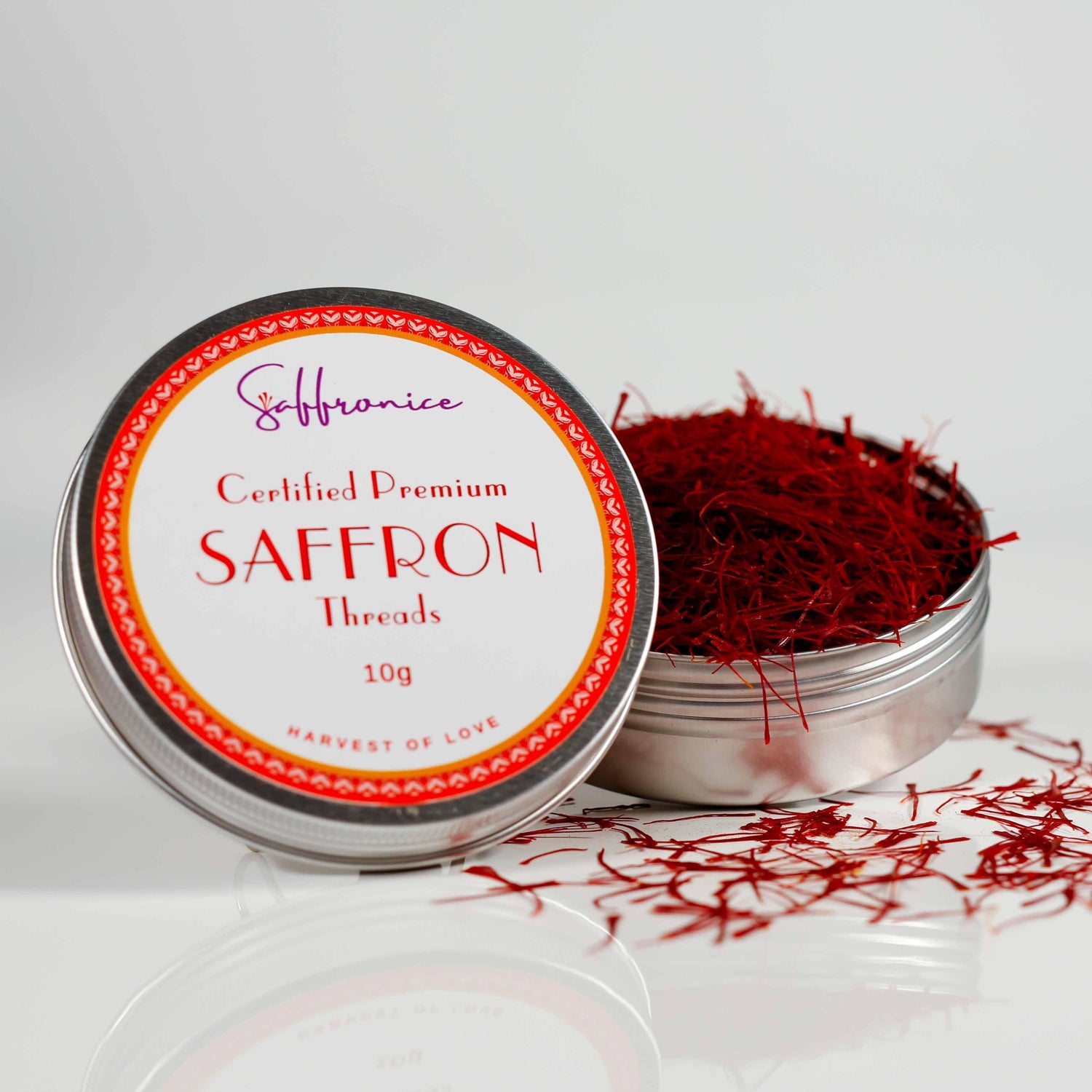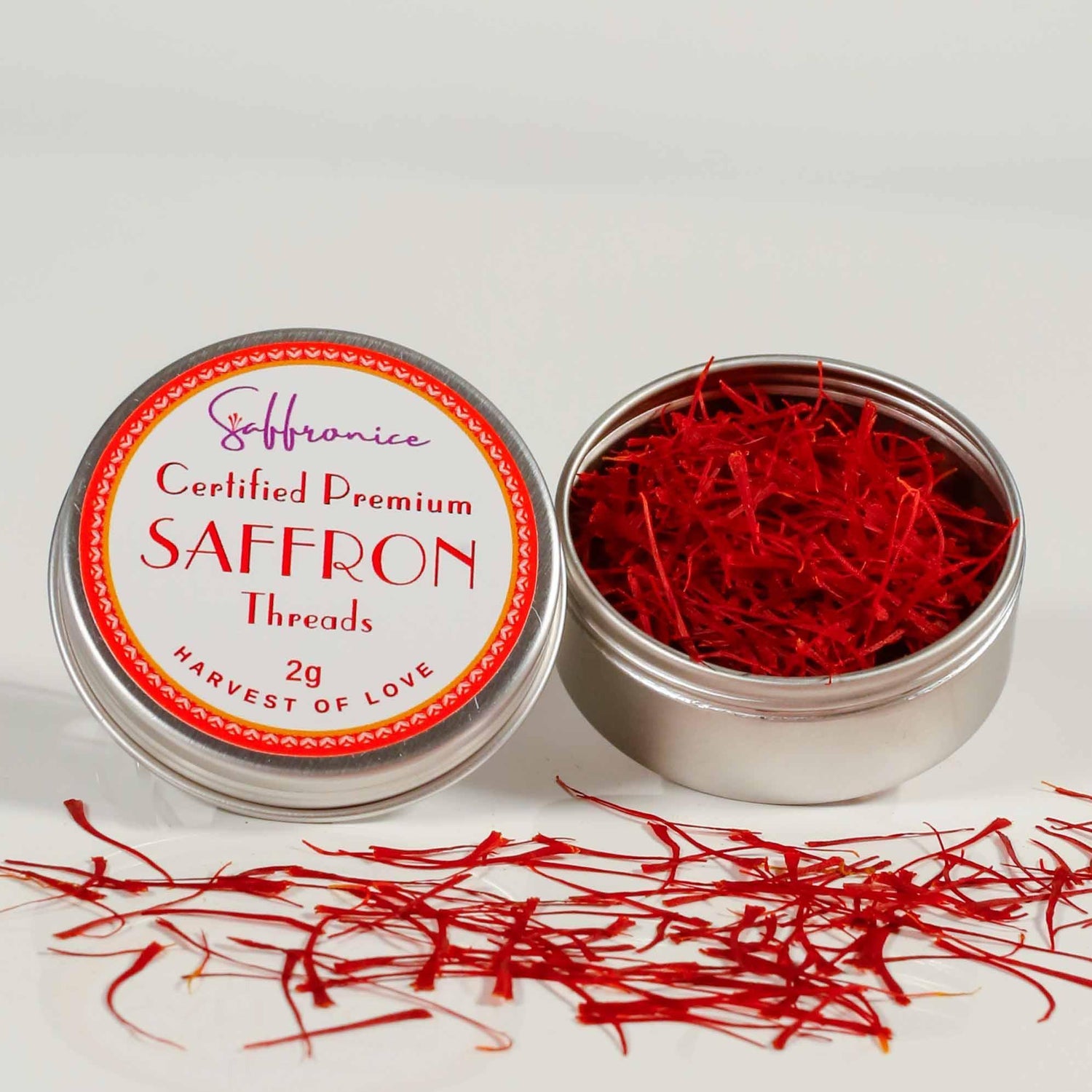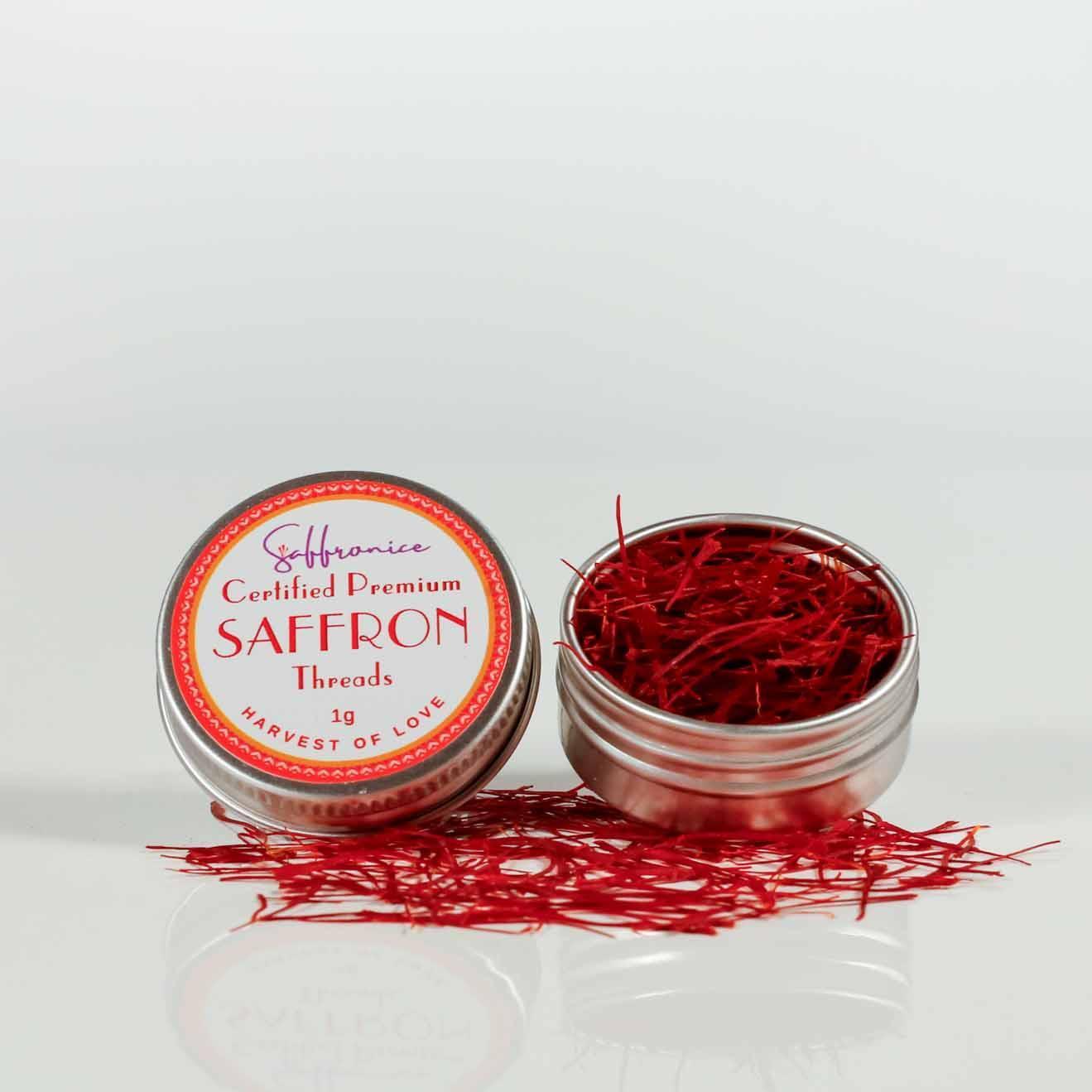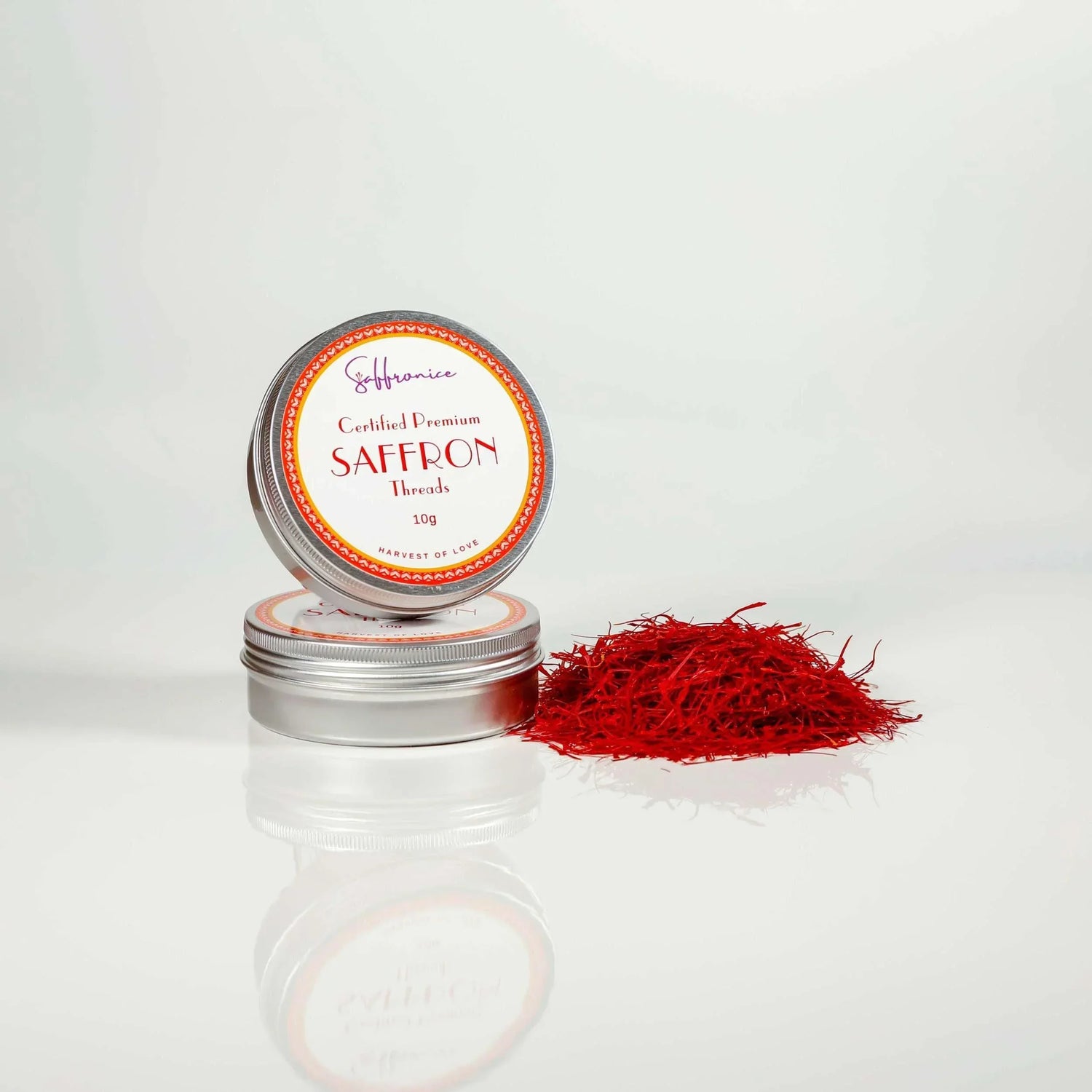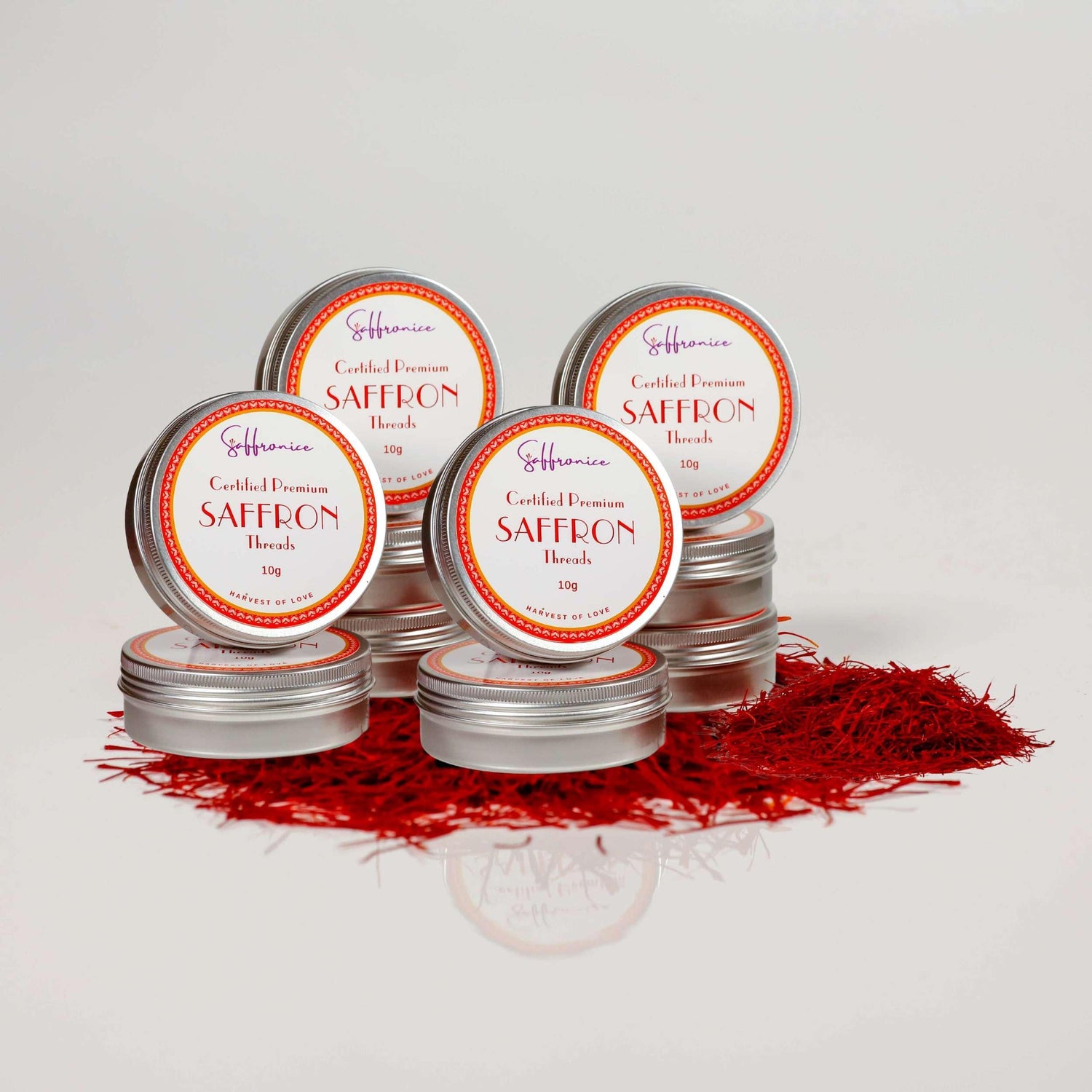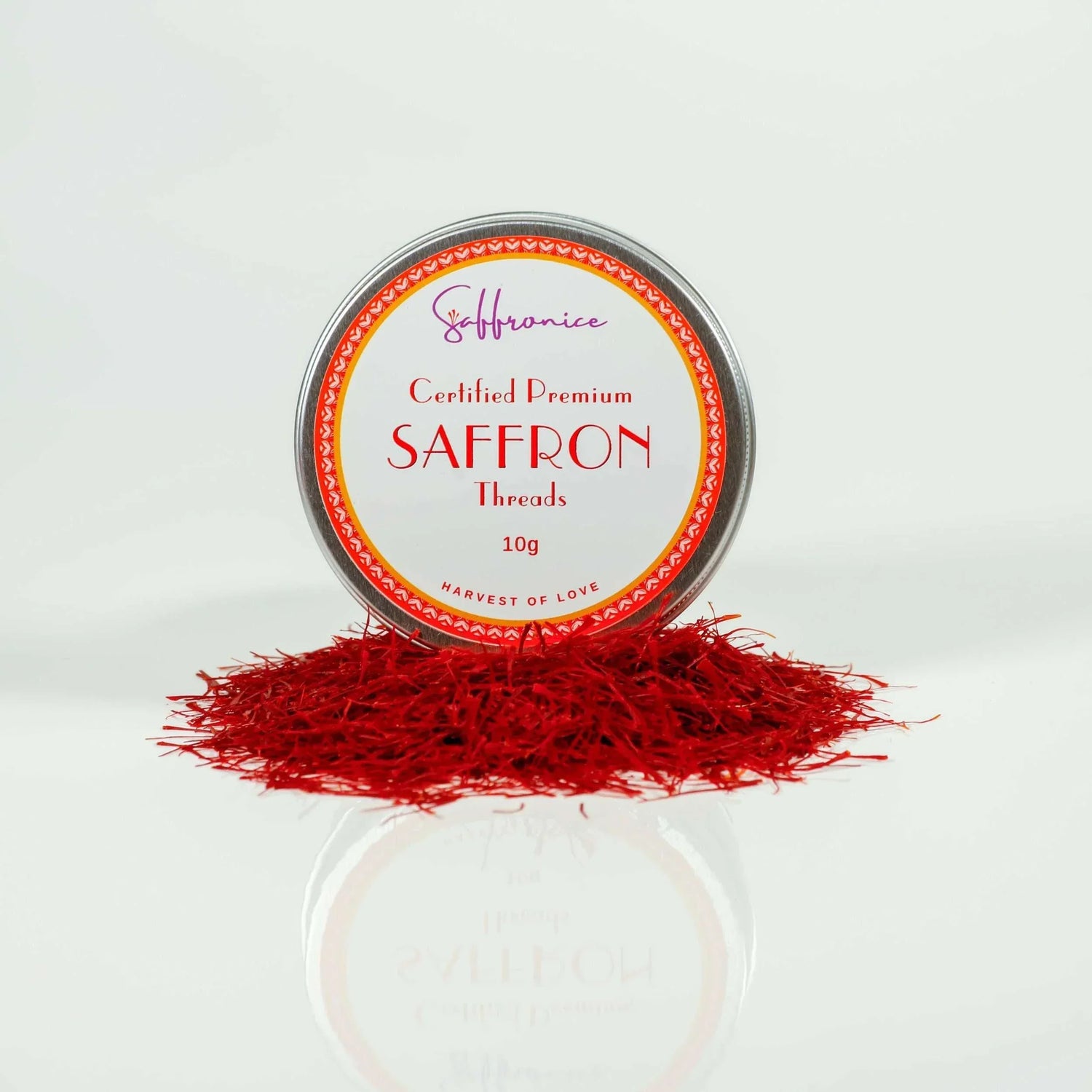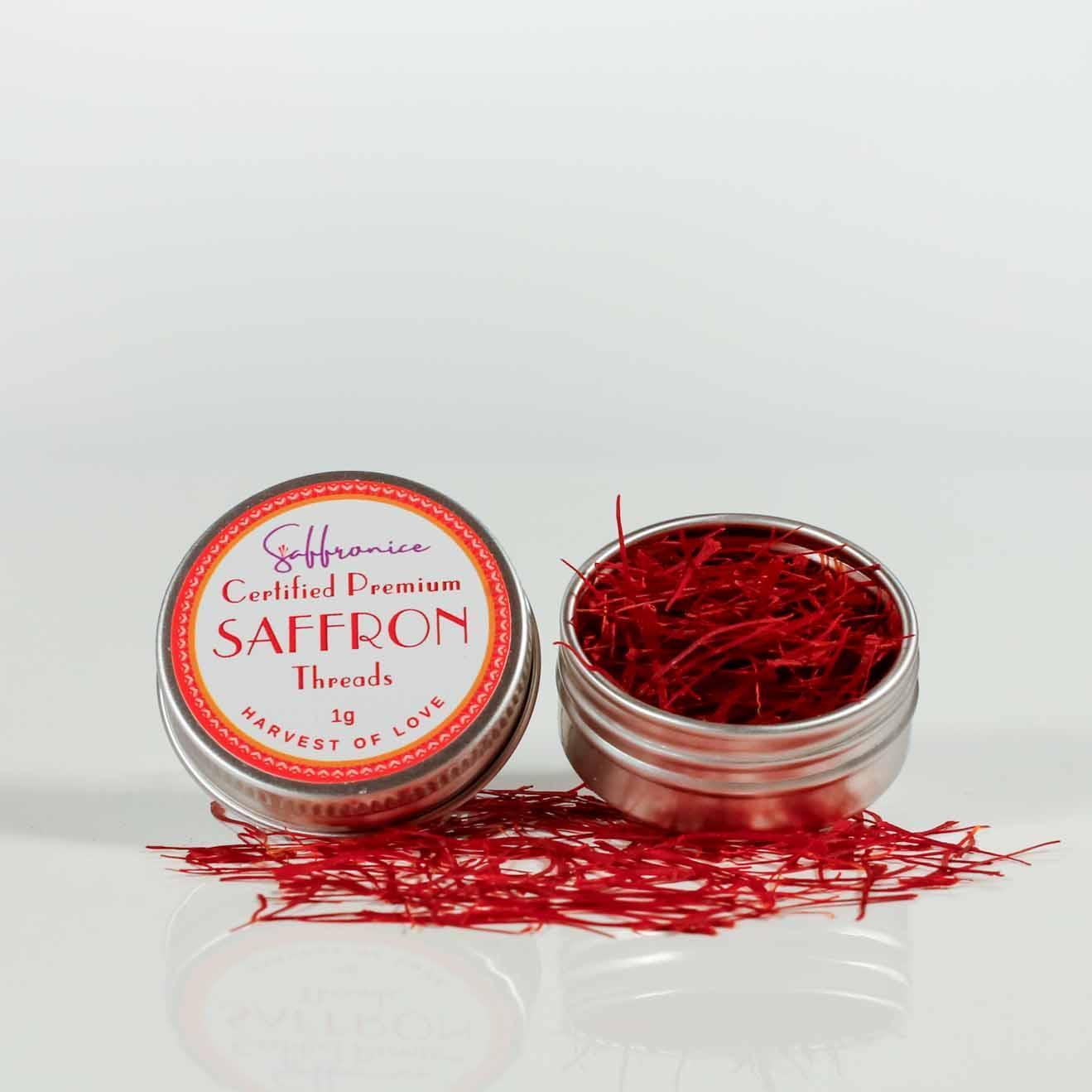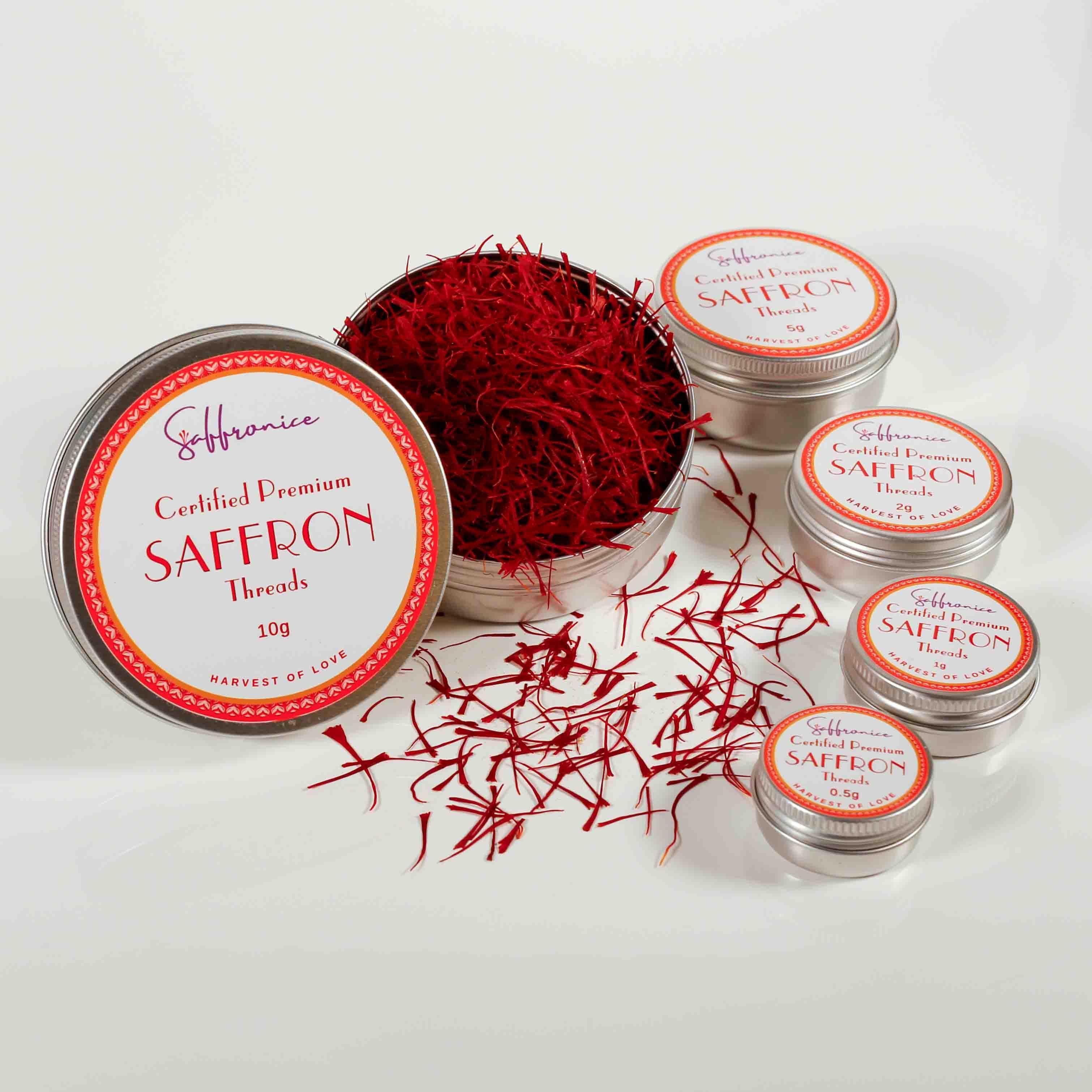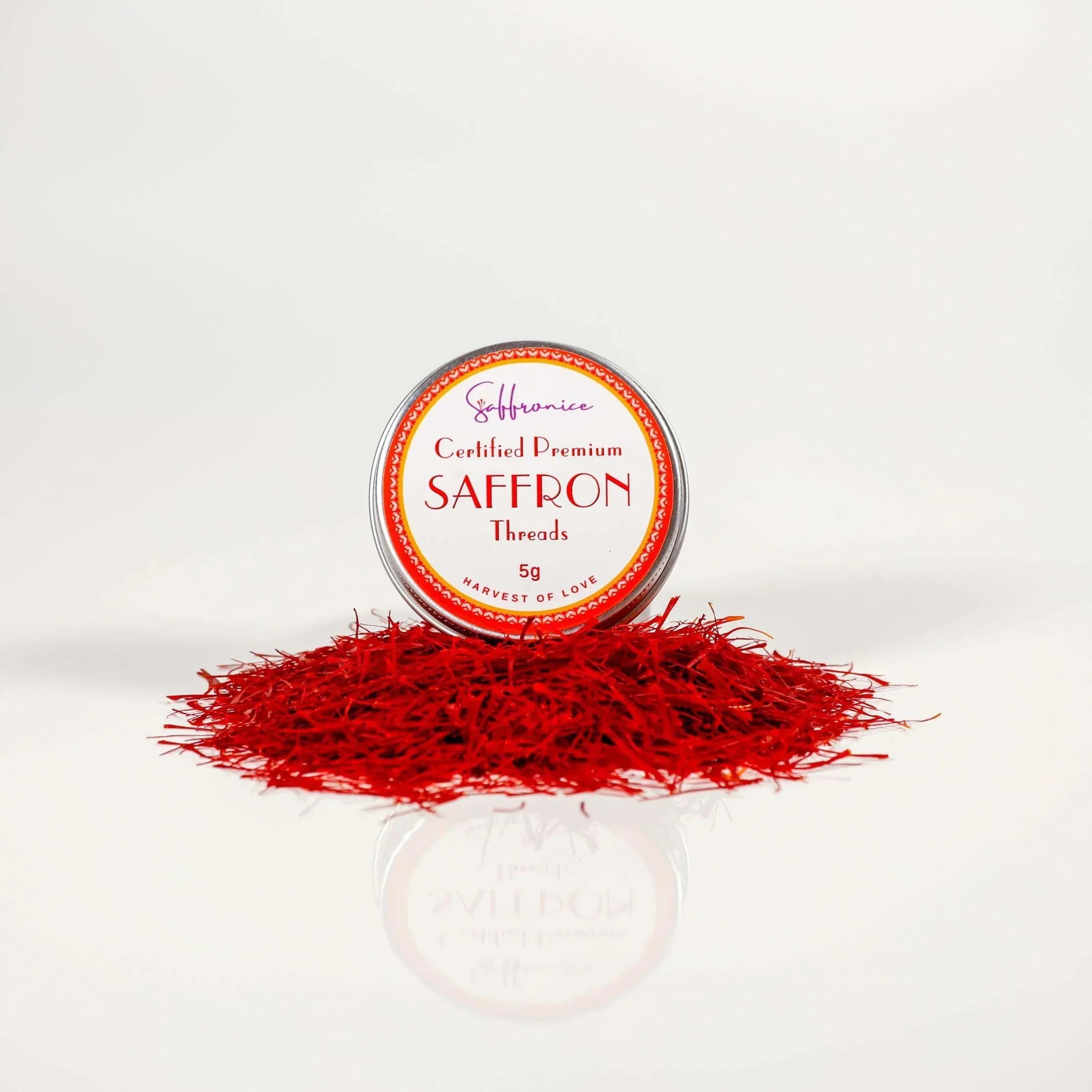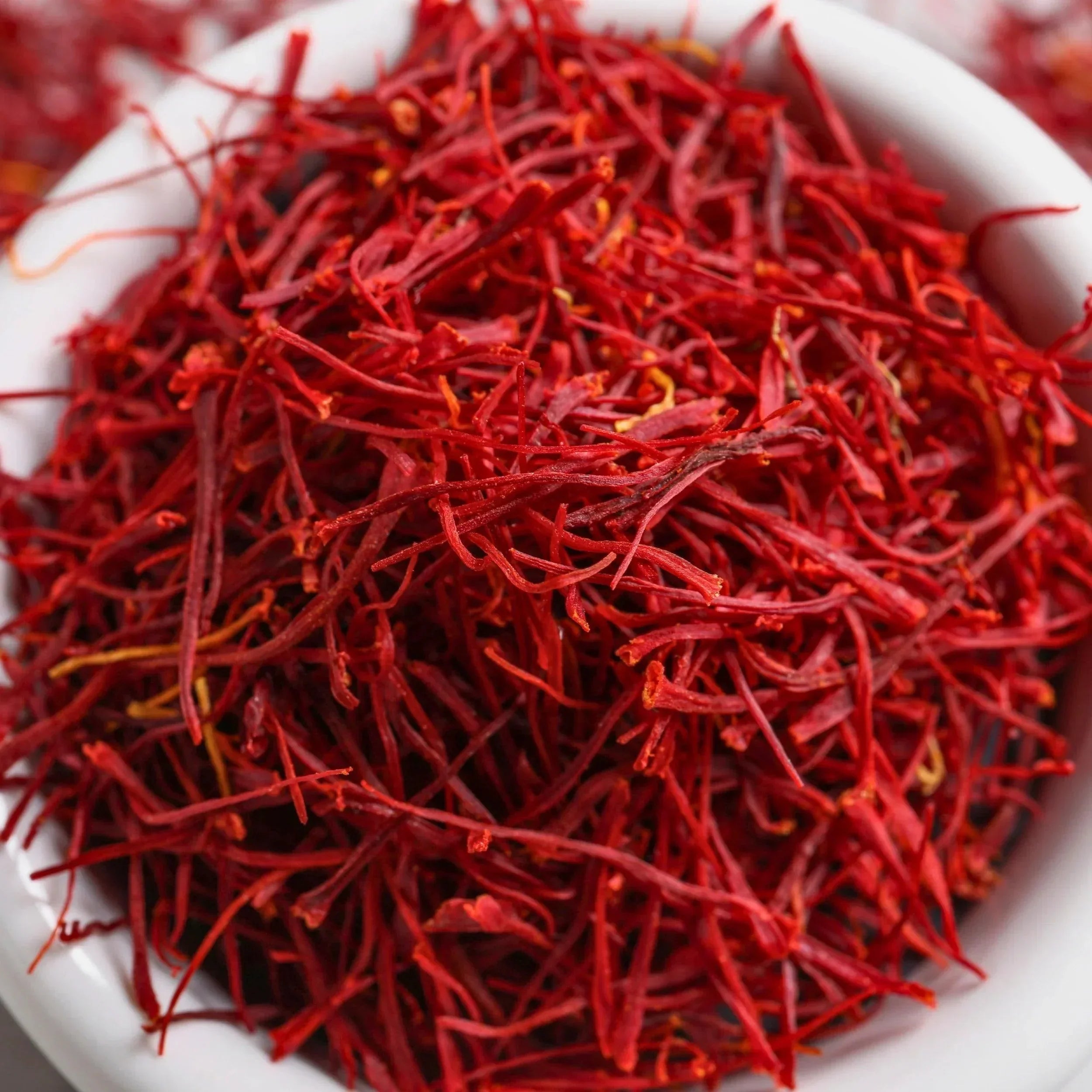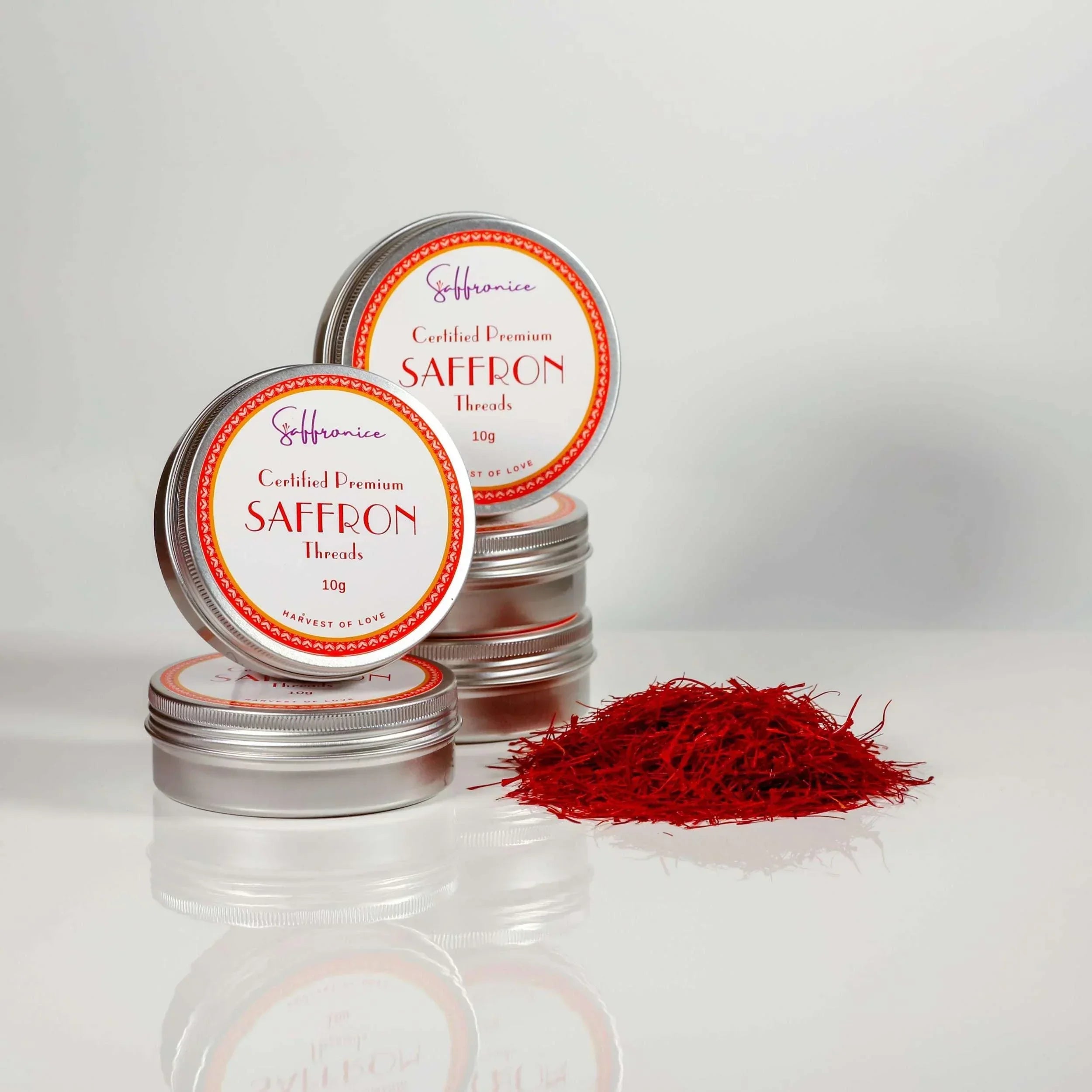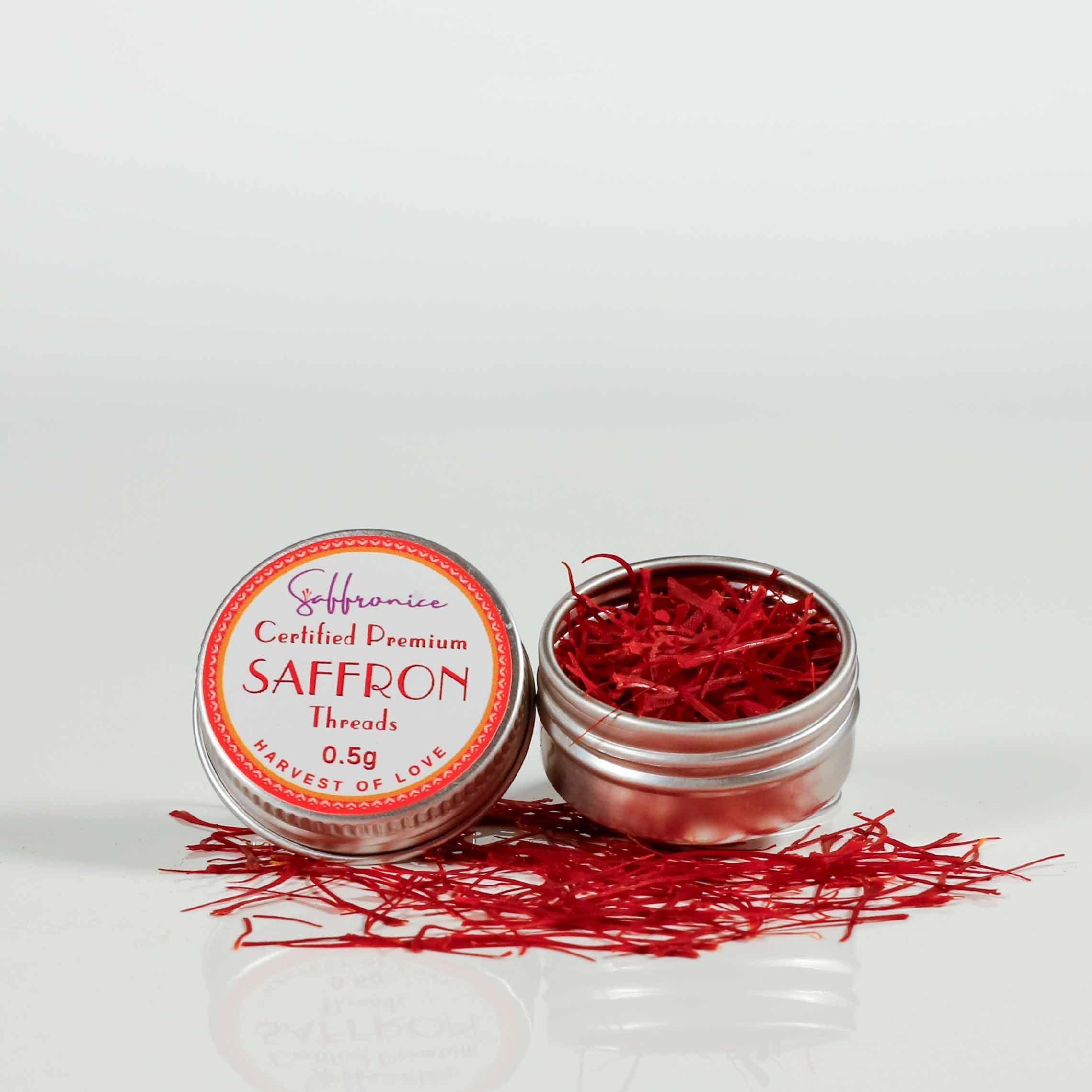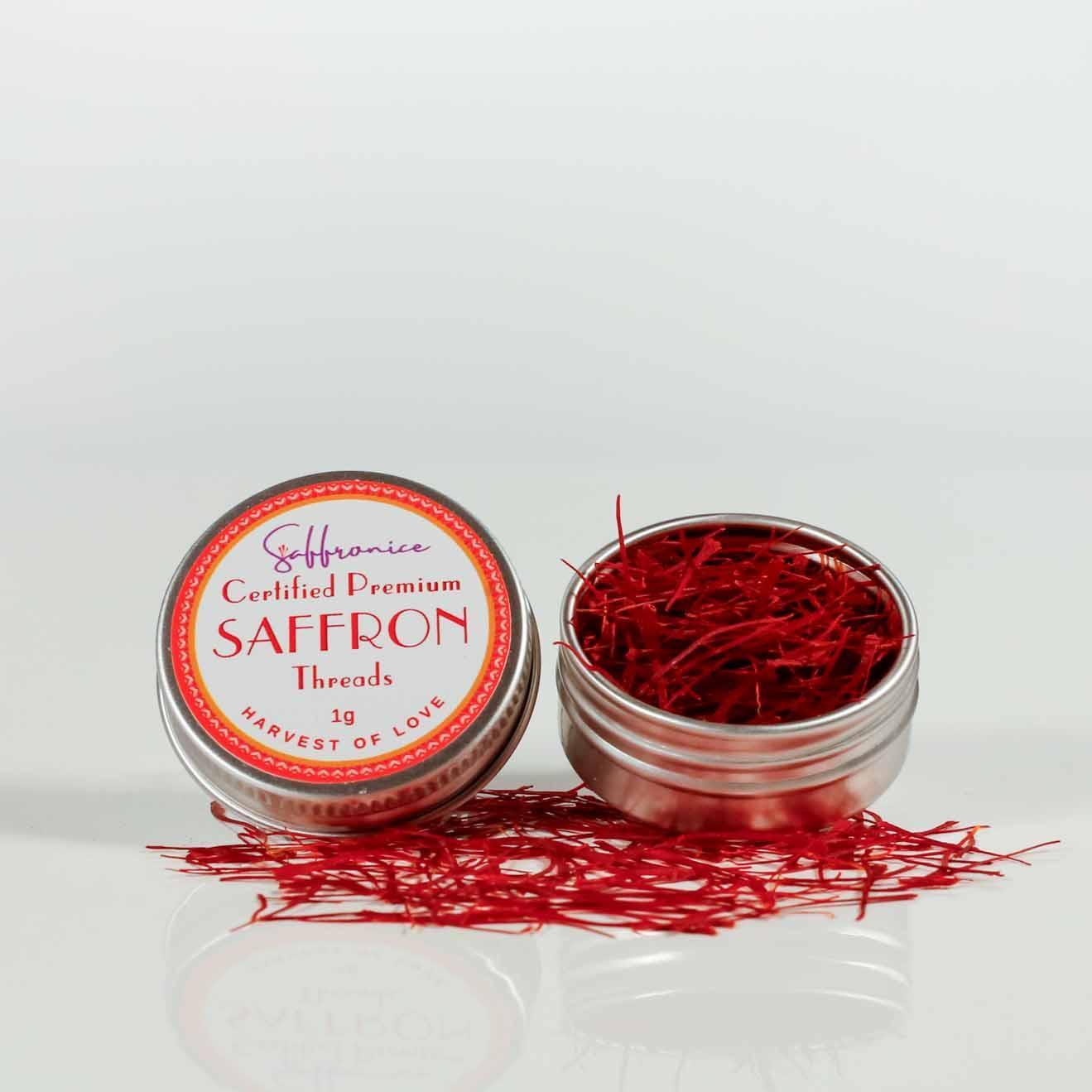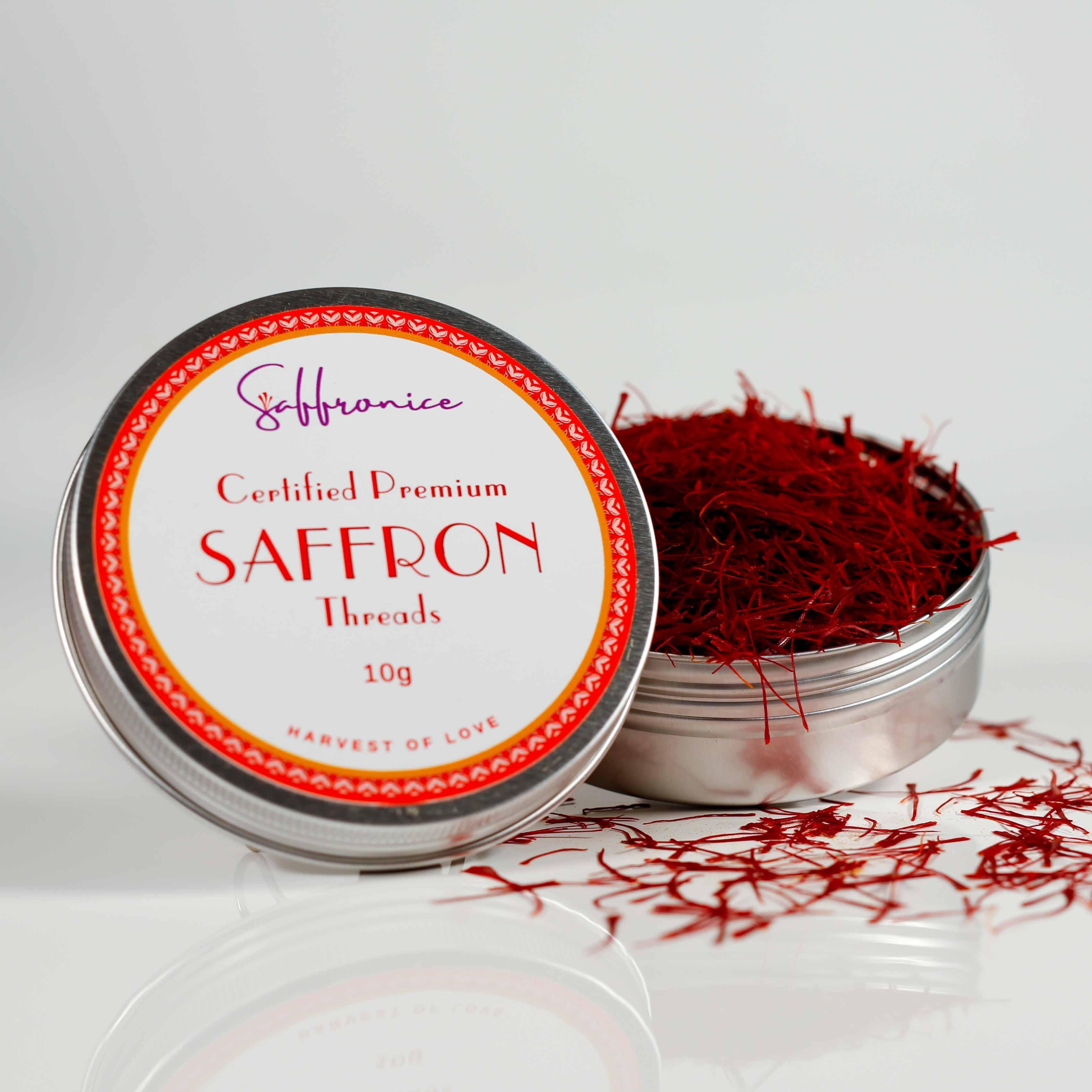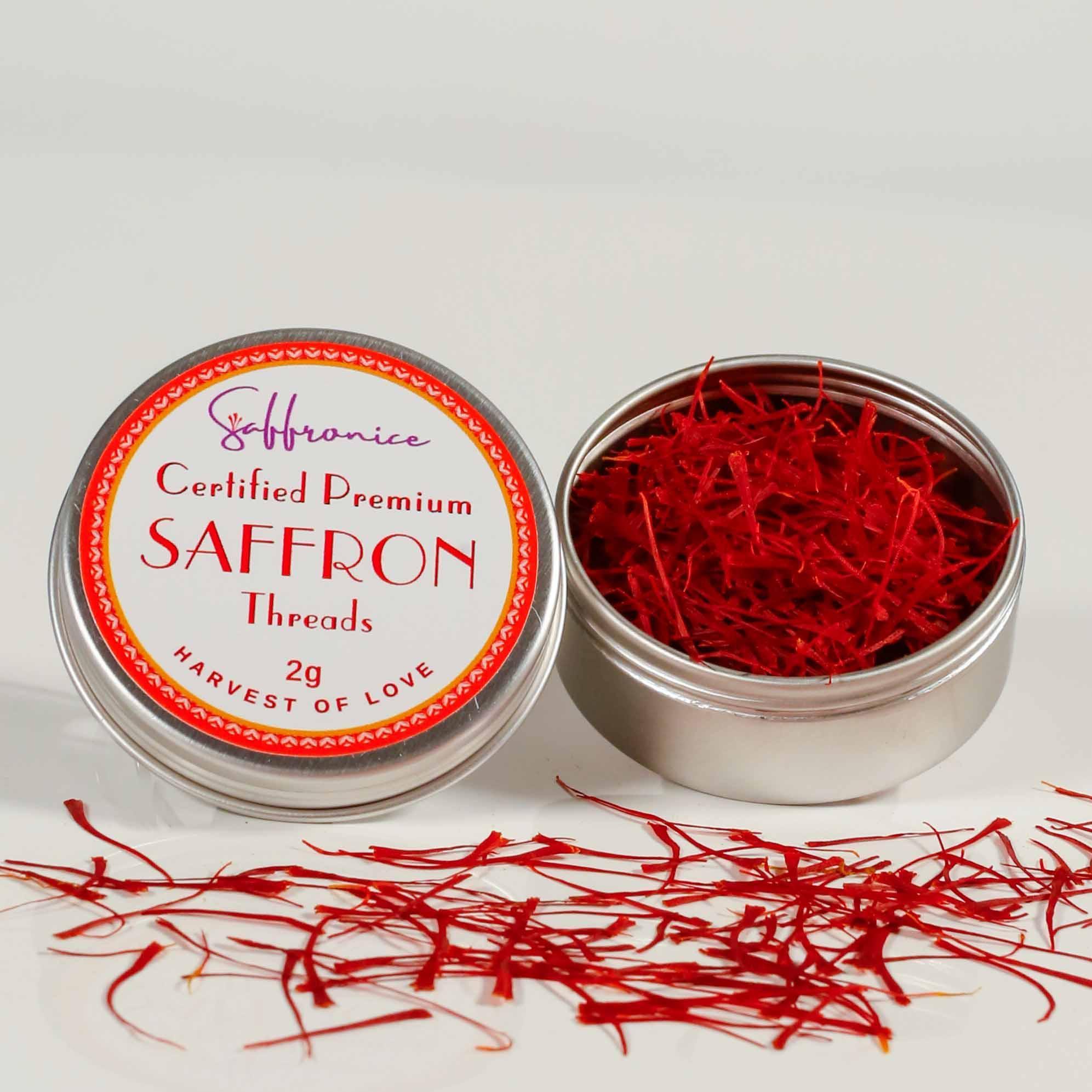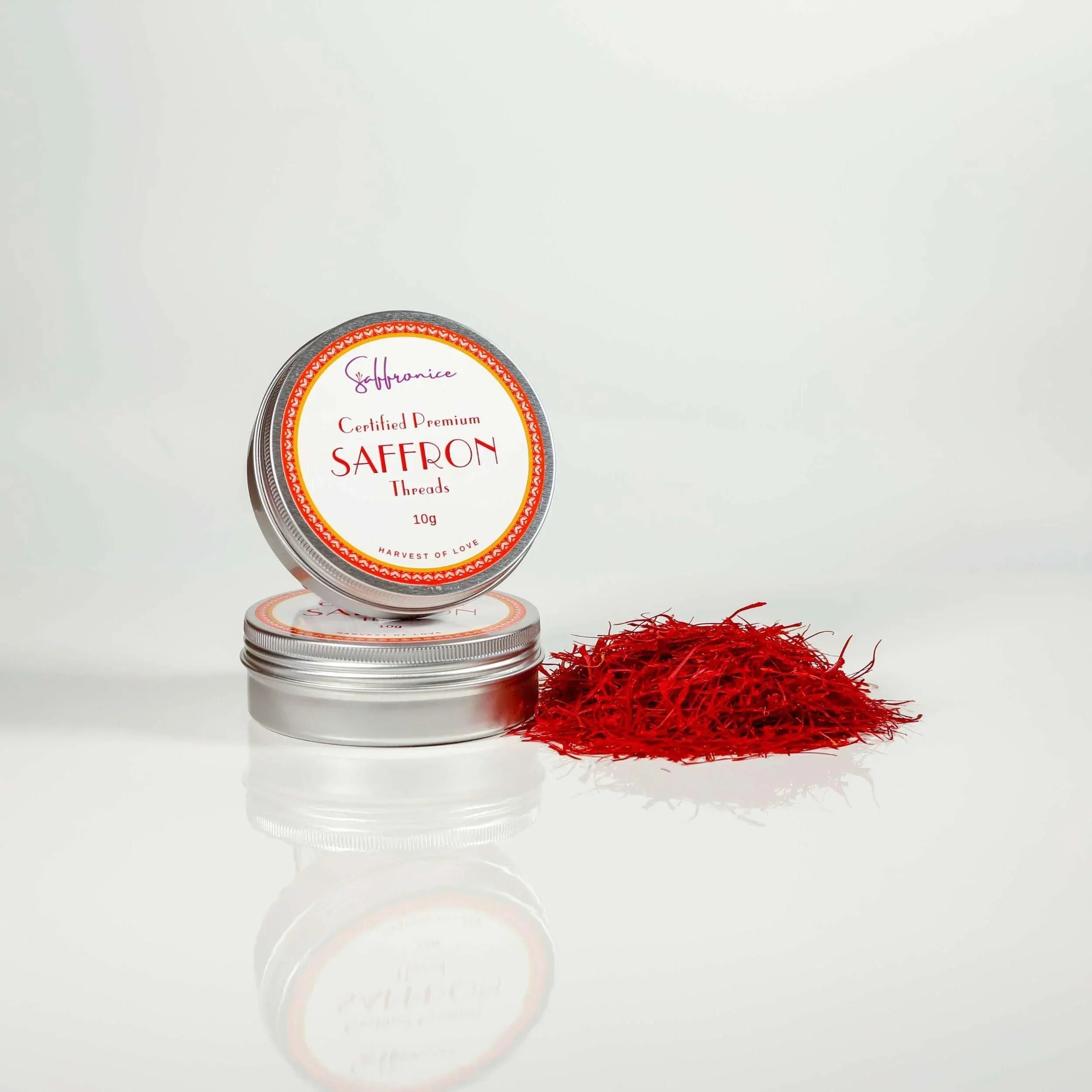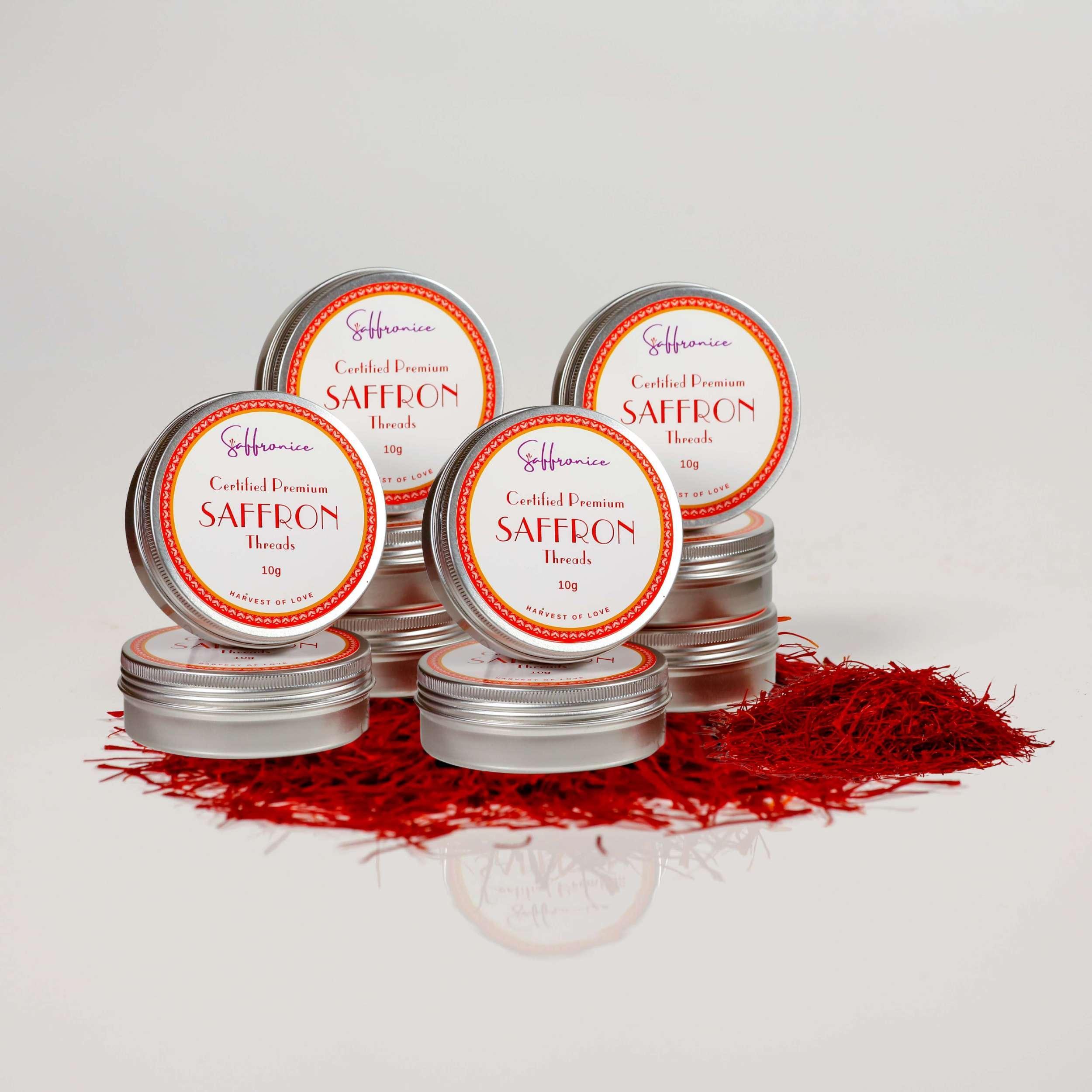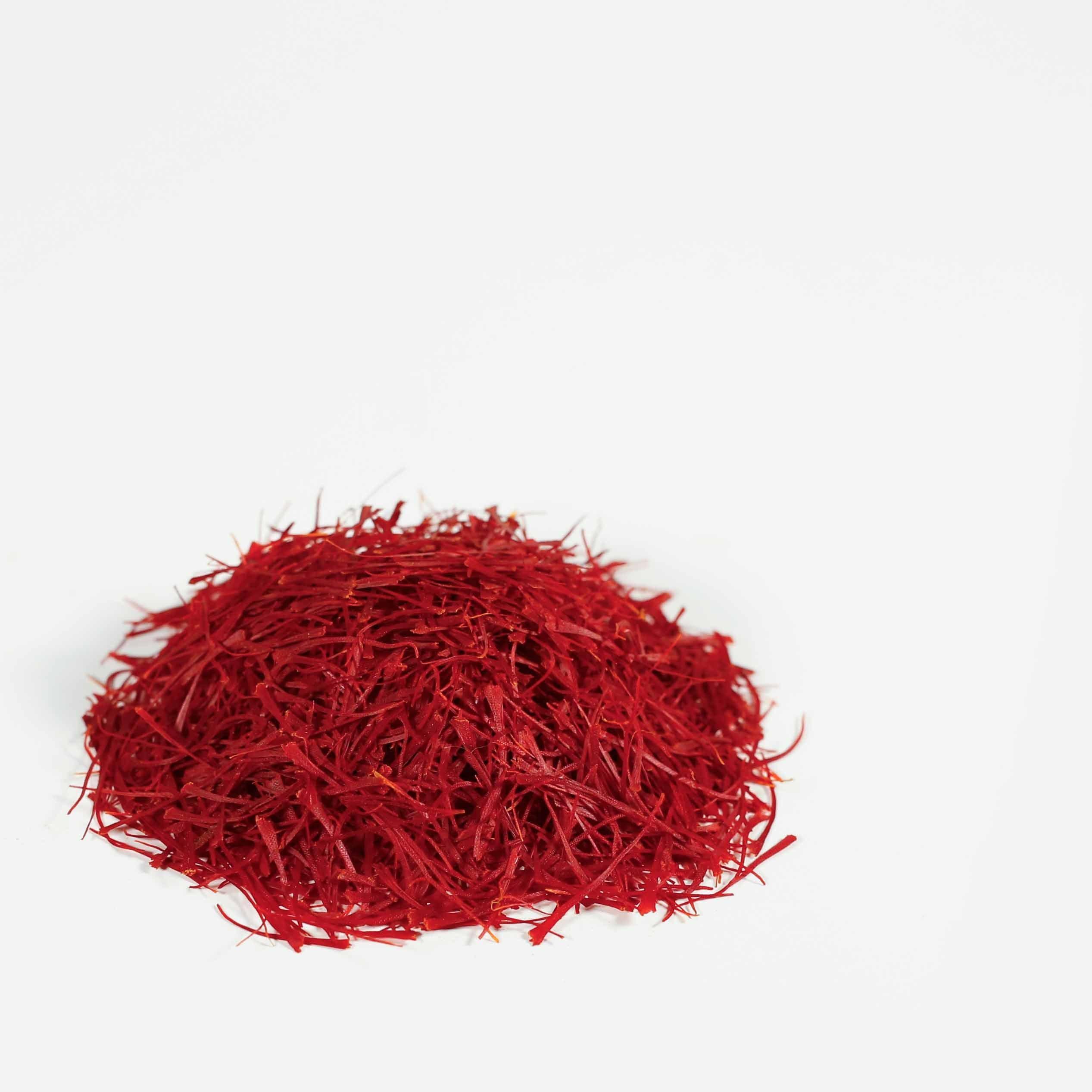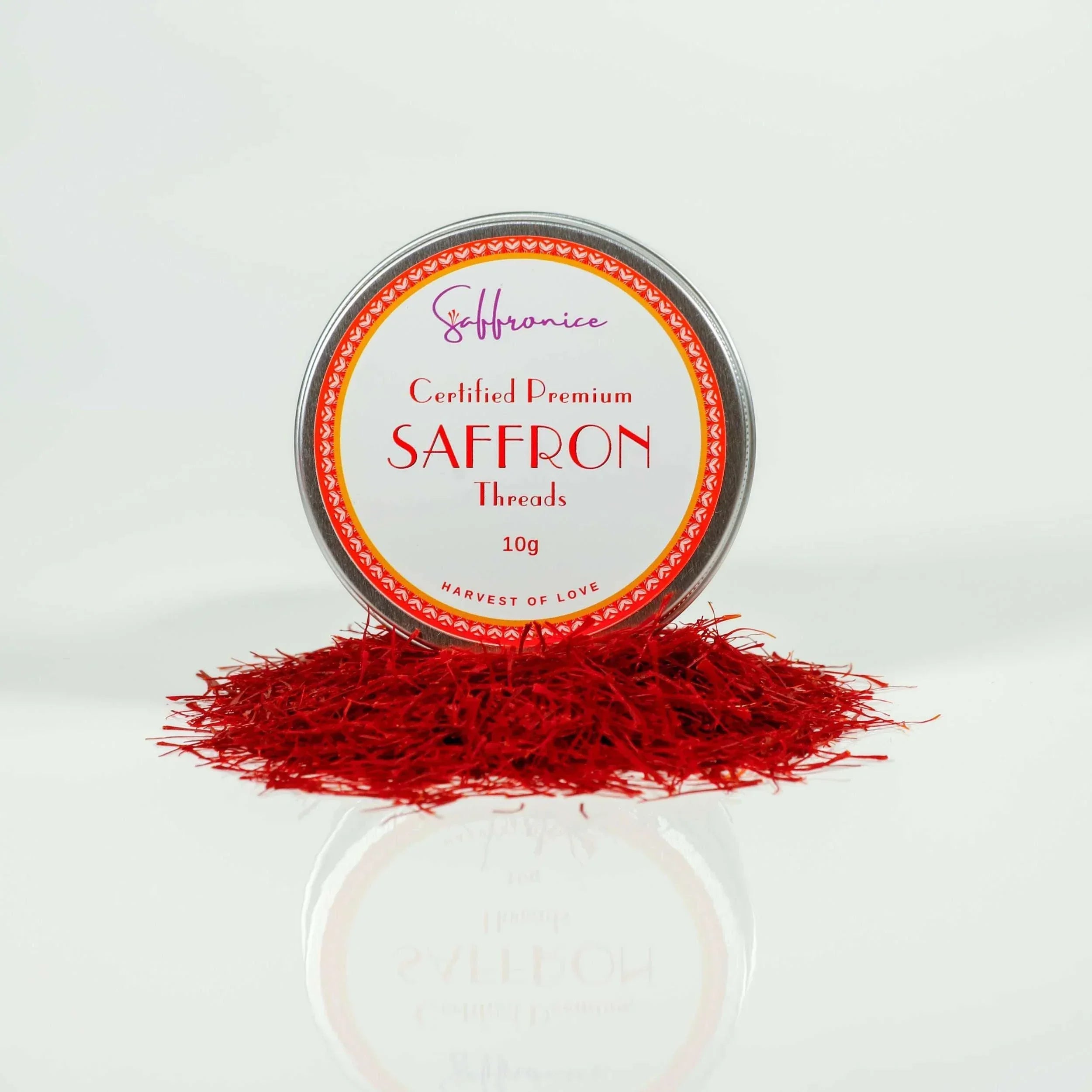Understanding Ground Saffron
Introduction to Saffron Powder
Squeezed out of the Crocus Sativus flower, ground saffron powder is the lazy chef's dream come true. This spice isn’t just a pretty face; it's known for its golden color and unique smell, making it a staple in the kitchen toolkit. Unlike its snooty cousin, the saffron thread, which demands a spa treatment with hot water and time, saffron powder gets right down to business when mingled into your dishes.
Benefits of Using Ground Saffron
Why go for ground saffron? Let’s break it down:
- Time-Saver: Forget soaking and warming up. Just sprinkle the saffron powder into your dish and let it work its magic. It's the Swiss Army knife of spices, cutting down on your time behind the stove.
- Flavor Harmony: This powdery gold melts into food like butter on toast, spreading its delicious essence without giving you extra chores.
- Budget Buddy: With saffron powder, you don't have to play the guessing game. Use exactly what you need and cut down on tossing out expensive leftovers.
| Why Love It? | What It Means for You |
|---|---|
| Time-Saver | No fuss, no prep—just toss it in! |
| Flavor Harmony | The perfect blend without the hassle |
| Budget Buddy | Easier to measure, less money wasted |
You’ll find ground saffron working its charm in Persian favorites like tahdig, polows, and stews. If you’re feeling crafty, crush saffron threads into a fine powder using a mortar and pestle, toss in a bit of sugar or salt for texture, and you’ve got a lovely colored elixir to jazz up your food.
For those itching for more saffron adventures, hop over to our sections on ground saffron recipes and ground saffron uses.
Once you grasp the wonders of ground saffron, there's no turning back. Your cooking will get a glow-up with this exquisite spice. Want to unravel more about how ground saffron stacks up against its thread counterpart? Ready to buy some of this kitchen treasure? Discover where to buy ground saffron.
Quality and Authenticity
Buying ground saffron isn't just about adding a splash of color to your food. It's about bringing a little bit of rare magic into your kitchen. Knowing what real saffron powder's all about can make your dishes sing!

Spotting the Real Deal
Real saffron powder's got a few tricks up its sleeve that fake stuff just can't pull off. Here are some giveaways:
- Color: Look for that deep red shade. If it's rocking some orange tips, even better. If it looks like an art project gone wrong, steer clear.
- Aroma: The real stuff smells like a flowery field gently kissed by sweetness, not a chemical bomb.
- Price: Genuine saffron ain’t cheap. Think about $5 to $10 a gram. If it costs as much as that old can of beans in your pantry, be wary.
- Purity: If it looks too yellow, maybe it’s doubled up with turmeric or paprika. Not what you want.
Your best bet? Only grab your saffron from sellers who put their money where their mouth is when it comes to quality assurance.
| Indicator | Genuine Saffron | Wannabe |
|---|---|---|
| Color | Deep red, orange tips | Bright yellow, eerie uniformity |
| Aroma | Flowery, sweet | Overpowering, or just plain absent |
| Taste | Sweet-ish | Leaves you bitter or confused |
| Price | $5-$10 per gram | Suspiciously low |
Buying Saffron Like a Pro
A few pro moves when you’re on the hunt for top-tier saffron:
- Reputable Sellers: Look for those who proudly stand by their saffron with return policies. Names like Saffronice show they're confident in their goods.
- Packaging: Airtight and fresh-keeping is the name of the game. Go for the small, sealed packs.
- Certification: Certified saffron? Yes, please! Make sure you're buying boxes that meet the good stuff standards.
- Geographic Origin: Quality saffron is often Iranian—if you can get it. Otherwise, Spanish or Afghan saffron brings the goods too.
Got questions about ground saffron versus the threads? Check out our article here. If you're all about finding the best spots to buy, click over here.
Follow these tips to make sure you're getting the best saffron experience for your culinary adventures!

Cooking with Ground Saffron
A little magic called ground saffron comes from the Crocus Sativus plant. It's the easy-peasy version of saffron you can toss into your favorite meals. Unlike those finicky threads, this powder doesn't need any pre-show rituals. It dissolves right in, splashing color and flavor all over.
Incorporating Saffron Powder in Recipes
Throwing saffron powder into your dishes is a breeze. Just mix it straight into the mix. In Persian cuisine, it's a superstar, giving classics like tahdig, polows, and stews that glorious aroma and golden glow. Be careful though, it packs a punch. You only need half as much as saffron threads.
If you're just diving into the saffron scene, start with our fun ground saffron recipes for some tasty ideas.
| Dish | Ingredients | Saffron Powder Needed |
|---|---|---|
| Tahdig | Rice, yogurt, egg, saffron | 0.25 tsp |
| Polow | Basmati rice, raisins, nuts, saffron | 0.5 tsp |
| Chicken Stew | Chicken, onions, spices, saffron | 0.25 tsp |
Tips for Using Saffron Powder
Getting the most out of your ground saffron spice isn’t rocket science. Follow these shortcuts:
- Measurement and Quantity: Go easy. A little goes a long way. Measure with care.
- Cooking Utensils: Don't let your saffron's charm soak into wooden spoons. Stick to metal or silicone gear.
- Storage: Protect your saffron like your secret treasure—airtight, away from light and moisture.
- Cost and Quality: If it seems too cheap, it probably is. Real saffron powder goes for around $5 to $10 per gram. Swing by our where to buy ground saffron page for some trusted places.
Curious how powder stacks up against the whole deal? Dive into our chat about ground saffron vs saffron threads.
Nailing these pointers can turn your kitchen game from blah to wow, making sure every meal you make with saffron powder hits the high notes. For more pointers and fresh takes on using saffron, peek at our ground saffron uses page.
Aroma and Taste
Ground saffron might just be your kitchen's best-kept secret. Its unique flavor jazzes up any meal with a sprinkle of its magic. Knowing how its aroma works and what to pair it with can turn an ordinary dish into a masterpiece.
Flavor Profile of Saffron
Saffron's taste is like a complex dance—it’s smoky, floral, earthy, sweet, and then some. This personality comes from cool compounds like safranal, crocetin, and crocin, plus picrocrocin that adds a bit of bite.
Here's a quick look at what gives saffron its groove:
| Compound | What It Does |
|---|---|
| Safranal | Smell |
| Crocetin | Look |
| Crocin | Look |
| Picrocrocin | Bitter Kick |
Think of saffron as a blend of spicy fragrances adding flair to loads of dishes.
Pairing Saffron with Different Foods
With a flavor profile that reads like an adventurous novel, saffron gets along with all sorts of eats, jazzing up both main courses and treats. Its adaptability shines when working its magic in the kitchen.
Here’s how you can buddy up saffron with your food:
Savory Pairings:
- Rice: The soul of Persian tahdig and Spanish paella.
- Pasta: Elevates sauces and coatings to a gourmet level.
- Meat: Teams up well with lamb, chicken, and fish, starring in stews and marinades.
Sweet Pairings:
- Desserts: Think creamy puddings, custards, or sweet rice dishes that surprise your taste buds.
- Baked Goods: Elevates cakes and pastries, adding a distinct flair.
To work saffron’s magic in your kitchen, try soaking a pinch in hot water, letting its flavor and gleam unfold. Add this saffron elixir to your cooking pot, ensuring every corner of your dish gets a taste of the good stuff.
Hungry for more ways to whip up saffron wonders? Check out our collection of ground saffron recipes. For everyday tips and tricks on this golden gem, visit our guide on ground saffron uses.

Production and Cultivation
To really get why ground saffron is such a big deal, you gotta know how it's made and grown. It's crazy how much work goes into it, and only certain places can even grow it.
Harvesting and Processing Saffron
Saffron comes from the Crocus sativus flower, or "saffron crocus" if you're feeling fancy. Each flower's got three bright red bits called stigma and styles, or kinda like threads. Picking these threads is a hands-on, careful job, because they get dried to become saffron.
| Factor | Description |
|---|---|
| Blooming Period | Only blooms for about a week a year |
| Yield | You don’t get much; just three threads per flower |
| Labor | All picked by hand, needs loads of manpower |
Here's how saffron comes to life:
- Harvesting: Flowers are collected at the crack of dawn before the sun can mess them up.
- Drying: Keeps their bold color and strong smell intact.
- Grinding: Dried threads get crushed into powder, super handy for cooking, known as “ground saffron".
Knowing this from-the-ground-up story is why saffron doesn't come cheap. Curious to find out more about the story behind ground saffron and the threads? Check this link ground saffron vs saffron threads.
Geographic Distribution of Saffron
Saffron's a sun-lover, doing best where it's warm, like the Mediterranean, North Africa, and the Middle East. Since 2018, Iran has been the saffron king, dishing out around 88% of what the world uses.
| Country | Percentage of World Production |
|---|---|
| Iran | 88% |
| India | 8% |
| Greece | 2% |
| Others | 2% |
Top spots making saffron:
- Iran: Holds the crown thanks to huge growing areas.
- India: Jammu and Kashmir are top dogs here, making superb saffron.
- Greece: Offers a special taste you won't find elsewhere.
- Morocco and Spain: Also on the list, adding to the market.
The places saffron grows depend on things like the weather, how good the ground is, and old-school farming tricks. If you're on the hunt for primo saffron, where it comes from says a lot about its quality. Get more buying pointers in our guide purchasing high-quality saffron.
From fresh bloom to fine ground powder, saffron's journey is full-on and fascinating. Whether it's jazzing up a dish or used for other uses, saffron stays a prized addition worldwide.
Historical Significance
Saffron, also known fondly as the "24-karat gold of spices," sure has a tale to tell. This spice has charmed its way through centuries, impressing pharaohs, kings, and kitchen maestros alike.
Evolution and History of Saffron
When we talk old, saffron definitely has its place. Going back to the 7th century BC, saffron's story is sprinkled throughout ancient Assyrian writings. These old texts highlight how humans have always been fascinated by this spice. The saffron crocus, known scientifically as Crocus sativus, can’t do much on its own due to genetic limitations—it simply can't reproduce without a little help from humans. It's got 24 chromosome pairs, so folks have to do the hard work, digging up clusters of corms (think of them as plant bulbs) and replanting them. Without this TLC, the saffron plant wouldn’t make it.
Now, zoom into Iran, which since 2018, has been a major player in the saffron game. About 88% of the saffron you find in the world comes from this region. The painstaking job of harvesting involves picking a whopping 440,000 stigmas just to get a single kilogram. No wonder it's held in such high regard!
Value and Economic Importance of Saffron
Today, saffron proudly stands as the priciest spice out there, fetching around $5,000 per kilogram or even more. Why so expensive, you ask? It’s all about the toil and time in its farming and harvesting method. With such unique properties and limited availability, saffron is one hot commodity.
In the global market, saffron is not just about price—it's about prestige. Although Iranian saffron is the crème de la crème, getting your hands on it can be tricky. Thank goodness for Spanish and Afghan saffron, which although easier to find, still maintain a high standard, albeit at different costs. Real-deal saffron can run you $15 to $20 for just a pinch—definitely not your bargain-bin spice.
Saffron's tale is told in history books and economics reports alike, but it’s not just about market value. From feasts of yore to the modern kitchen, saffron adds flair to dishes, offers medicinal benefits, and has aesthetic appeals too. If you’re looking to get the scoop on saffron dishes and where to nab some for yourself, check out our articles on ground saffron recipes and where to buy ground saffron.


